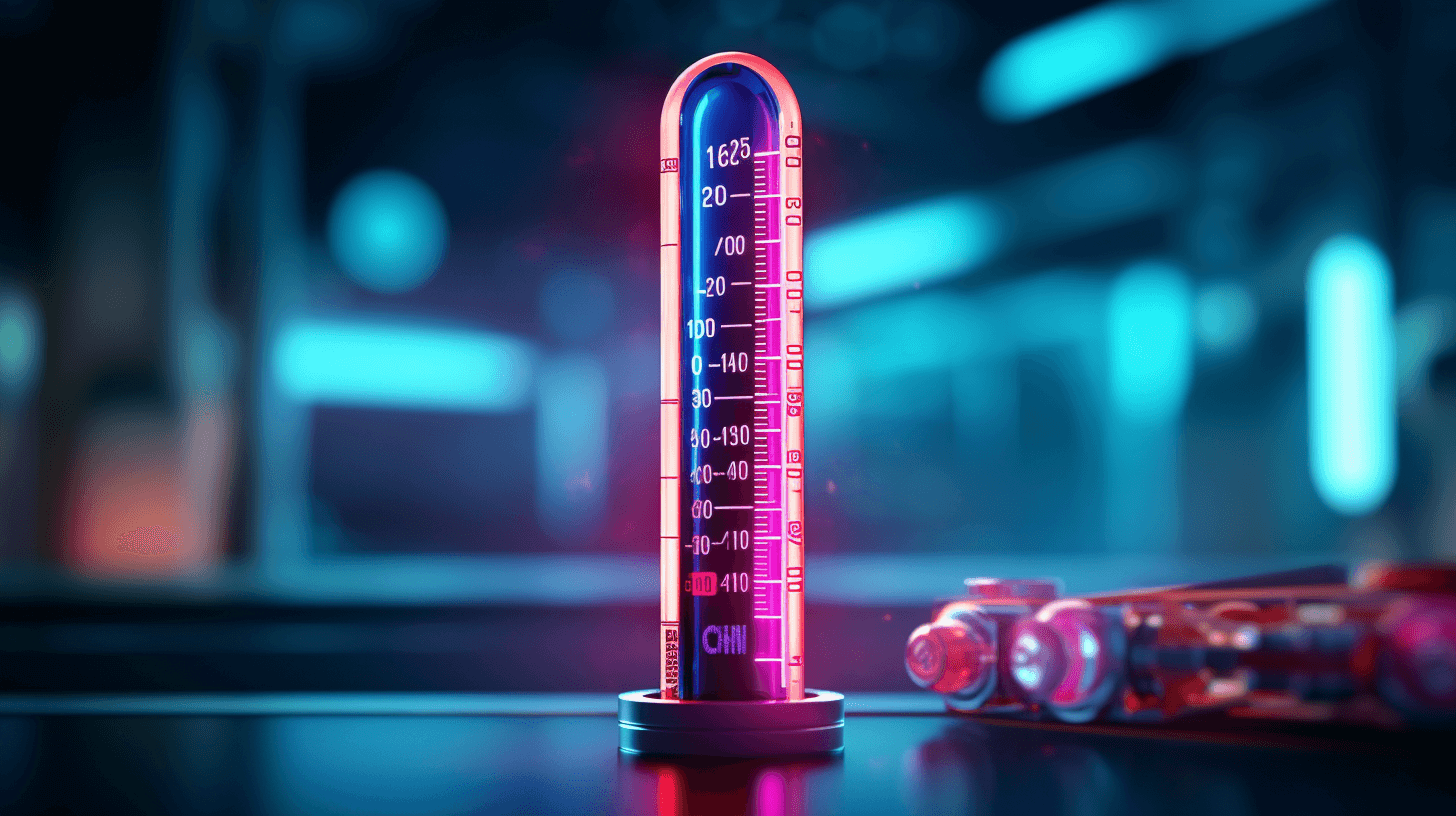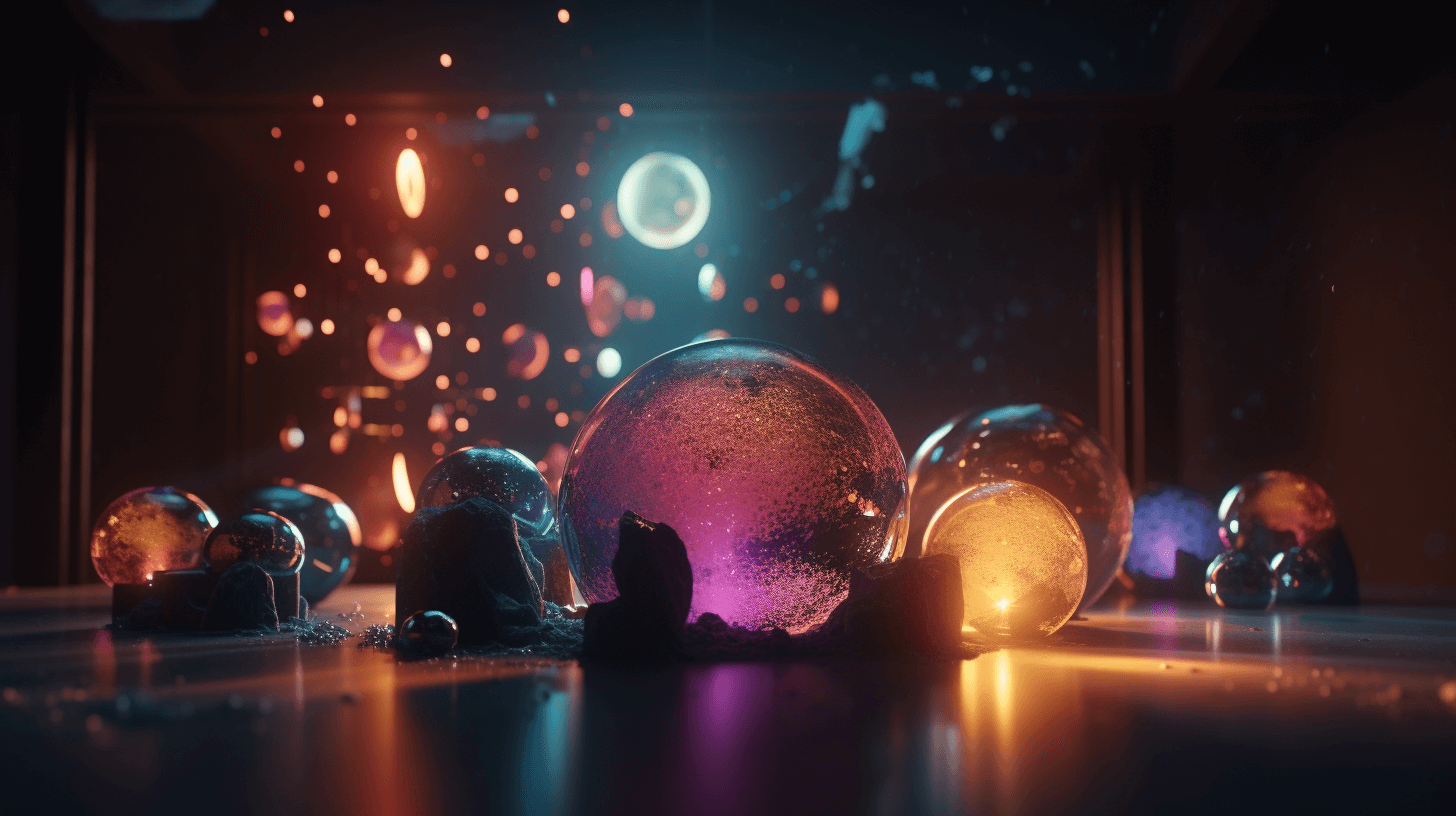🌡️⚡🧪 Da Room-Temp Superconductor Might Be Fo’ Real
⬇️ Pidgin | ⬇️ ⬇️ English
So, get dis kine magical material, yeah, dat could conduct electricity without any kine struggle at room temperature. Bro, if dat kine thing is fo’ real, it would make all kine big change to how we live, bringing back all dat energy we usually lose to electrical resistance, and it could even start new kine technologies. 💡🔌🔮
But when dis claim of a room-temperature superconductor was published in March in da top-shelf journal Nature, had plenty guys who was all huhu, even some that thought da results was all made up. 📝🔬👀
But hold up, get dis group of researchers at the University of Illinois Chicago dat say dey wen’ confirm one critical measurement: da vanishing of electrical resistance. 😲💫🎉
Even though dis no mean da material is fo’ sure one room-temperature superconductor, it could make other scientists take one more good look. Ranga P. Dias, one professor from University of Rochester in New York, who was all in on da original research, wen’ say dat da material looked like a superconductor at temperatures as warm as 70 degrees Fahrenheit — way warmer than other superconductors — but only when was squeezed with 145,000 pounds per square inch. Dass like 10 times more pressure than at da bottom of da ocean’s deepest trenches. 🌊🌡️🔎
Cause of da high pressure, no look like da material going see any practical use, but if da discovery is fo’ real, it could lead da way to other superconductors dat work in everyday conditions. 🛠️⛓️🌈
Plenty guys was all side-eye cause had plenty controversy around Dr. Dias, and other scientists trying fo’ replicate da results no could find any signs of superconductivity. 👀💢🔍
Dr. Dias wen’ start one company, Unearthly Materials, fo’ make money off da research, and so far he wen’ raise $16.5 million from investors. 💸💼🚀
Da new measurements, revealed in one paper posted dis month, come from a team led by Russell J. Hemley, a professor of physics and chemistry at the University of Illinois Chicago. Dr. Hemley no like talk cause da paper not yet been accepted by one scientific journal. But he’s one big shot in da field, and his report could lead to a more positive reconsideration of Dr. Dias’s superconducting claim. 📚🎓✨
Da material Dr. Dias made is one mix of lutetium, one silvery-white rare earth metal, hydrogen, and small kine nitrogen. Dr. Hemley’s lab wen’ take one sample from Dr. Dias and did their own tests of da electrical resistance as da material was cooled under high pressure. 🧲💎❄️
Dr. Hemley and his team wen’ see sharp drops in electrical resistance in da material. Even though dis was at temperatures of up to 37 degrees Fahrenheit, about 30 degrees cooler than what Dr. Dias described, dass still warm compared to other superconductors. The temperature where da change happened varied depending on how hard da material was squeezed. 🌬️🍦🔄
Da measurements from Dr. Hemley no give proof of superconductivity. It’s possible dat da material is just one real good conductor and not one superconductor. ⚖️📉🤷♀️
Da report no include measurements to see if had zero magnetic fields inside, which is da solid evidence of a superconductor. Some of Dr. Dias’s earlier papers have sparked big debate. Some critics, like Dr. Hamlin, say some important details was left out about how data from experiments was processed. Da journal Nature even took back one paper published in 2020 dat claimed a superconductor, even though Dr. Dias and the other authors say da findings still good. 📚🔙💔
In recent years, materials called hydrides have been showing promise in da search for superconductors dat work at warmer temperatures, but so far they all need crushing pressures. Dr. Dias say it was hydrides dat led him to da lutetium-hydrogen-nitrogen mix. 🧲🌡️🔬
But, she added, “It’s really unclear whether this is an indication of superconductivity or simply that he has found some interesting electronic transmission of some type.” 🎚️💫🧐
Da results from Dr. Hemley’s team argue dat Dr. Dias might have discovered something new with da lutetium-hydrogen-nitrogen material. Eva Zurek, a professor of chemistry at the University at Buffalo who has collaborated with both Dr. Hemley and Dr. Dias on other projects, was initially skeptical but now has partially changed her mind. 🔄🕊️💡
“I realized it’s not impossible,” Dr. Zurek said. “I wouldn’t rule it out right away, let’s put it like that.” 🤔🔜👍
NOW IN ENGLISH
🌡️⚡🧪 The Room-Temperature Superconductor Could Be Real
Imagine a material that could conduct electricity without any resistance at room temperature. This could drastically change our lives, recovering the energy we typically lose to electrical resistance and potentially paving the way for new technologies. 💡🔌🔮
However, when this claim of a room-temperature superconductor was published in the reputable journal Nature in March, many researchers expressed doubt, with some suggesting the results might have been fabricated. 📝🔬👀
But wait, a group of researchers at the University of Illinois Chicago says they have confirmed one crucial measurement: the disappearance of electrical resistance. 😲💫🎉
While this doesn’t definitively prove that the material is a room-temperature superconductor, it might prompt further investigation from the scientific community. Ranga P. Dias, a professor from the University of Rochester in New York who was involved in the original research, has claimed that the material appeared to exhibit superconductivity at temperatures as high as 70 degrees Fahrenheit – significantly warmer than other known superconductors – but only when subjected to a pressure of 145,000 pounds per square inch. That’s about ten times the pressure at the deepest part of the ocean. 🌊🌡️🔎
Because of the high pressure required, it doesn’t seem likely that the material will have any practical applications. But if the discovery is legitimate, it could open up possibilities for other superconductors that function under everyday conditions. 🛠️⛓️🌈
Many are skeptical due to the controversy surrounding Dr. Dias, and the fact that other scientists have been unable to reproduce the results and detect any signs of superconductivity. 👀💢🔍
Dr. Dias has established a company, Unearthly Materials, to commercialize the research, and has raised $16.5 million from investors so far. 💸💼🚀
The new measurements, disclosed in a paper published this month, are the work of a team led by Russell J. Hemley, a professor of physics and chemistry at the University of Illinois Chicago. Dr. Hemley has refrained from making any comments as the paper has not yet been accepted by a scientific journal. However, as a prominent figure in the field, his report might instigate a more favorable reevaluation of Dr. Dias’s superconducting claim. 📚🎓✨
The material Dr. Dias created is a mixture of lutetium, a silvery-white rare earth metal, hydrogen, and a small amount of nitrogen. Dr. Hemley’s lab took a sample from Dr. Dias and conducted their own tests of the electrical resistance as the material was cooled under high pressure. 🧲💎❄️
Dr. Hemley and his team observed sharp reductions in electrical resistance in the material. Although this was at temperatures of up to 37 degrees Fahrenheit, about 30 degrees cooler than what Dr. Dias described, it’s still warmer compared to other superconductors. The temperature at which this change occurred varied depending on the pressure applied to the material. 🌬️🍦🔄
Dr. Hemley’s measurements do not confirm superconductivity. It’s possible that the material is just a very good conductor, not a superconductor. ⚖️📉🤷♀️
The report doesn’t include measurements to determine if there were zero magnetic fields inside, which would be concrete evidence of superconductivity. Some of Dr. Dias’s earlier papers have ignited extensive debate. Critics like Dr. Hamlin argue that some important details were omitted about how the experimental data was processed. Nature even retracted a paper published in 2020 that claimed superconductivity, despite Dr. Dias and the other authors maintaining that their findings are valid. 📚🔙💔
Recently, materials known as hydrides have shown potential in the search for superconductors that function at warmer temperatures, but all currently require intense pressures. Dr. Dias credits hydrides as the inspiration for his lutetium-hydrogen-nitrogen mix. 🧲🌡️🔬
However, as one scientist added, “It’s really unclear whether this is an indication of superconductivity or simply that he has discovered some interesting electronic transmission of some type.” 🎚️💫🧐
The results from Dr. Hemley’s team suggest that Dr. Dias might have discovered something new with the lutetium-hydrogen-nitrogen material. Eva Zurek, a professor of chemistry at the University at Buffalo who has collaborated with both Dr. Hemley and Dr. Dias on other projects, was initially skeptical but has since partially changed her stance. 🔄🕊️💡
“I realized it’s not impossible,” Dr. Zurek said. “I wouldn’t rule it out right away, let’s put it like that.” 🤔🔜👍







